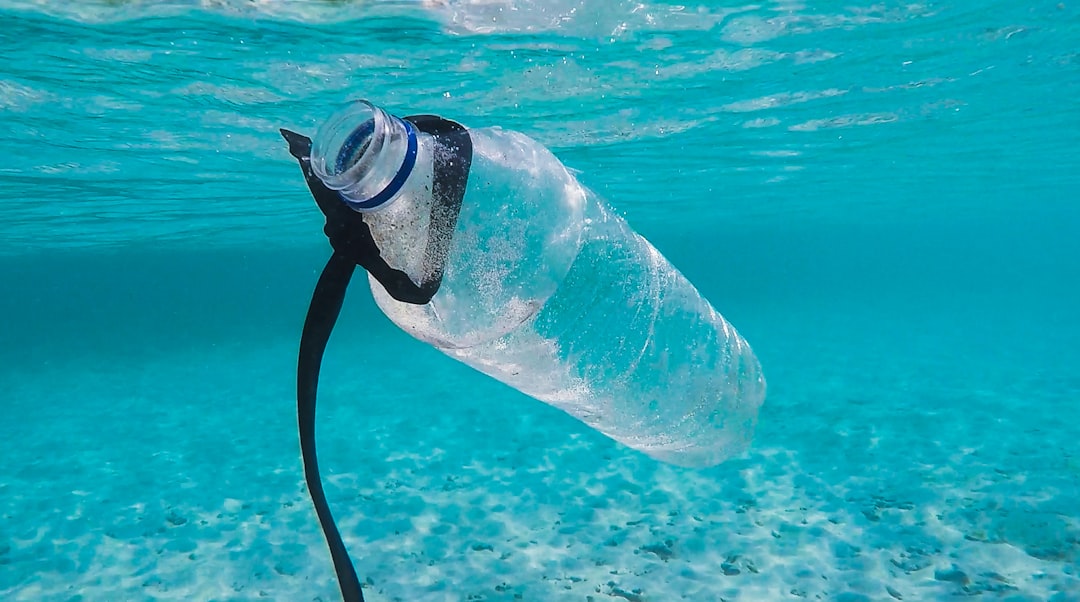Degradable vs. Biodegradable vs. Compostable
s discussions about plastic and climate change intensify, it's crucial to understand our options. While eliminating plastic use is ideal, exploring alternative materials is essential. You may have encountered terms like "compostable," "degradable," and "biodegradable" on product labels. Here’s a breakdown of their differences.
Degradable
Degradable materials break down through chemical reactions and natural processes, such as exposure to heat and sunlight, without the need for living organisms. Although these items degrade faster than traditional plastics due to chemical additives, they still pose significant environmental risks. While they become less visible, they reduce to microplastics that can harm wildlife and ecosystems. In short, degradable does not equate to environmentally friendly.
Biodegradable
Biodegradable materials break down with the help of living organisms like bacteria and fungi. Typically made from plant-based resources rather than petroleum, biodegradable plastics require specific conditions—such as temperatures around 50°C and extended exposure to UV light—to decompose effectively. These conditions are rarely found in nature, meaning biodegradable plastics don’t break down as quickly as one might hope. Furthermore, if they end up in landfills, they can produce methane, a potent greenhouse gas that significantly contributes to global warming.
Compostable
Compostable plastics are derived from natural materials like plant starch but are often created in controlled laboratory environments. When they break down, they do so without releasing toxic substances and contribute positively to soil health, enriching it for plant life. However, they still require specific composting conditions to decompose fully.
Conclusion
When comparing degradable, biodegradable, and compostable materials, it's essential to understand their similarities—mainly their polymer structures—and their long-term environmental impacts. If you seek a quick fix, degradable options may suffice. However, for those concerned about the planet’s wellbeing, compostable materials are preferable, albeit with the caveat that not many facilities can support ideal composting conditions. The hope is to inspire more people to create the necessary infrastructure for composting.






